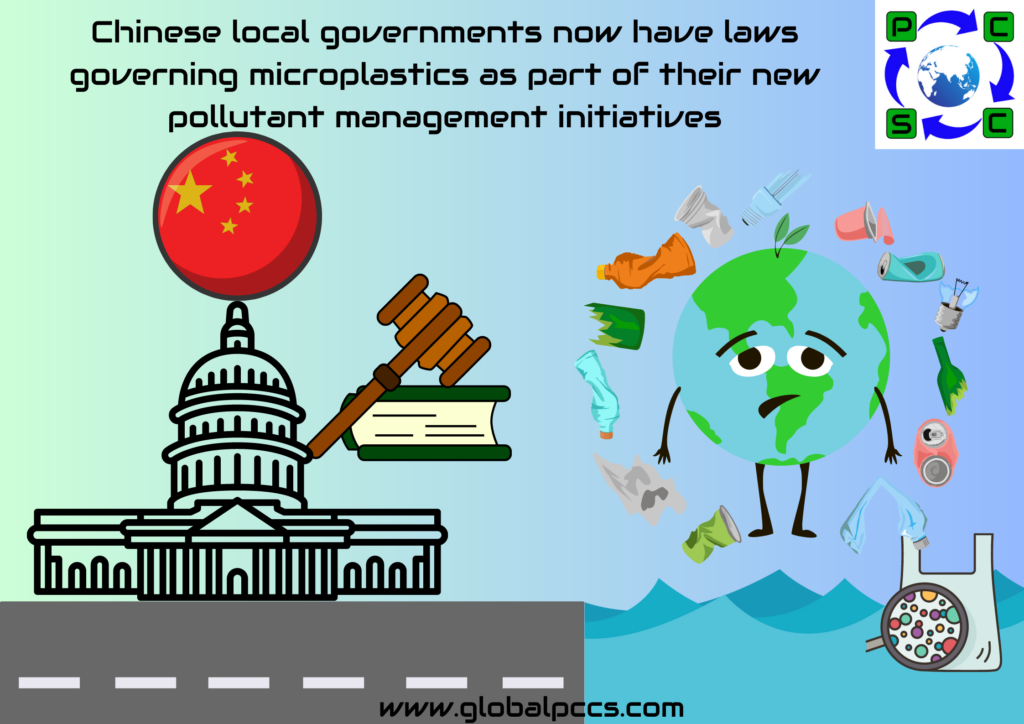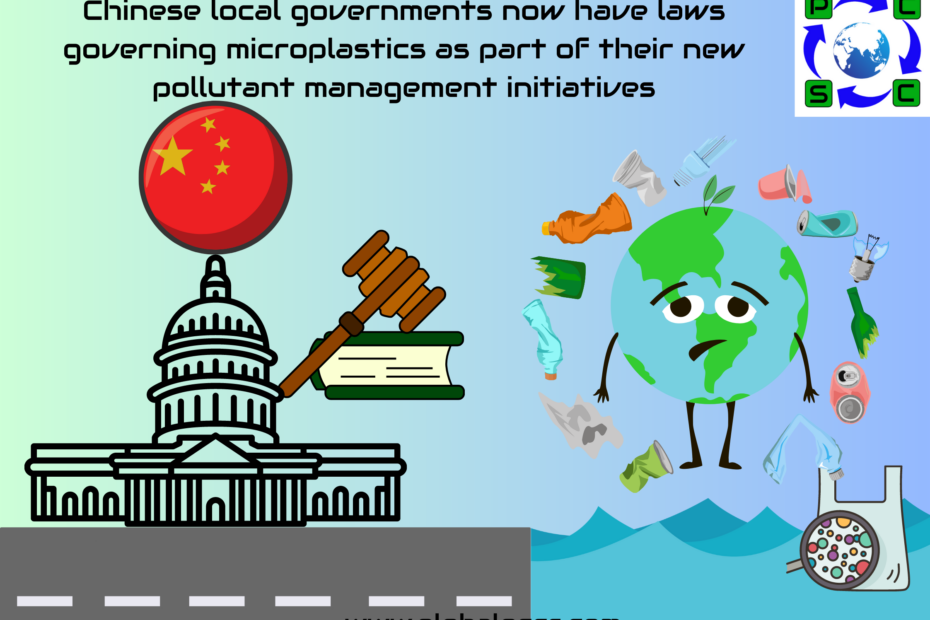
In response to the national new pollutant control programme published by the State Council on May 24, 2022, local governments in China are announcing programmes for controlling new pollutants one after another.
Jan. 1, 2023, saw the Shanghai Municipal Bureau of Ecology and Environment announce a new pollutant control programme.
Feb. 3, 2023, saw the release of a list of significant new pollutants that will be tightly regulated in 2023. In addition to the 14 compounds specified in the corresponding national list, microplastics and bisphenol A are included in this list of new contaminants. Research and monitoring of microplastics are part of the provinces of Shandong and Jiangsu’s programmes.
By 2025, the plan wants to screen chemicals of high concern produced in large quantities for environmental risks, continuously update a list of important new pollutants after publishing the first edition in 2022, and implement measures to reduce environmental risk, such as banning, restricting, and setting discharge limits for important new pollutants. To tightly regulate new pollutants, it also aims to build in stages legislative frameworks and procedures for regulating the environmental risks of toxic and hazardous compounds.
Description of new pollutants in action plan
The primary sources of pollutants of rising concern are the manufacturing and use of poisonous and dangerous substances. Persistent organic pollutants, endocrine disruptors, and antibiotics covered by international agreements are some of the new contaminants that are currently receiving national and worldwide attention.
Regulatory measures on key regulated new pollutants
The substances on the List of Prioritised Regulated Chemicals, as well as other significant new pollutants, such as antibiotics and microplastics, require the implementation of substance-specific regulations and the development or revision of pertinent discharge criteria.
Lists of the most important regulated toxic and hazardous compounds in soil, toxic and hazardous air pollutants, and toxic and hazardous water pollutants should all be updated often.








 Authorised IMDS & CDX Training & Consulting partner for
Authorised IMDS & CDX Training & Consulting partner for






